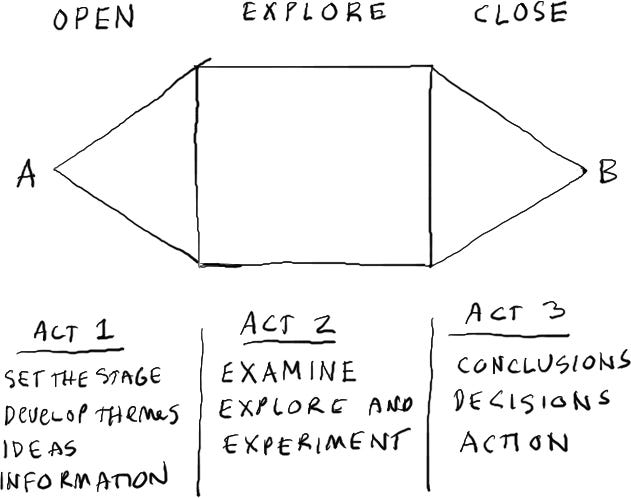Stop trying to make your retros fun!
I’ve coached hundreds of Scrum Masters in a dozen industries, and one of the most common questions I get is
“how do I make my retrospectives more fun?”
The desire comes from a good place - the observation that the team isn’t engaged in the retrospective process. That new insights are few and far between. That our retros have become, well…boring.
The problem is one of definition - the opposite of boring isn’t fun - the opposite of boring is engaging. Having fun is great - it stimulates dopamine production, raising mood. It helps generate oxytocin, which can promote higher trust and psychological safety in a team. And let’s face it - having fun is just more…fun!
But fun is not the reason for doing retrospectives - and for that matter neither is generating psychological safety, or trust, or raising engagement.
The purpose of a retro is this: an inspection point for how we work, designed to increase efficacy, efficiency, and quality.
The team gets to decide where they have gaps, what to work on, and how to improve. The role of the scrum master here is straightforward - guide, enable, and facilitate an engaging experience that drives better work.
Here are two tips to help you get started:
Use Retro Formats for inspiration, not imitation
There are a number of good repositories for retros, here, here, and here - and of course a google search will yield more ideas than you can read about in a lifetime. Here’s the key - don’t just copy and paste - you need to make the format your own.
I have used timeline retros with many teams and groups, and I’m always tweaking the format. In one case, the pre-work came back with so much negativity and defeatism that I needed to come up with a mechanism to move us forward, while still acknowledging the overwhelming frustration of the team.
I explained the Japanese proverb “7 times down, 8 times up” (Nanakorobi yaoki) and the concept of gambatte, using personal stories from my childhood. Looking at the challenges, I asked “how many times have we been knocked down on this one?” and “what have we done to get back up again?” It led to funny, angry, and even some despairing moments. But at the end of the retro, we had a few kaizen for some of the most intractable problems, and that moved us forward.
So - not fun, but engaging - because we had tangible actions, new things to try. And that made the retro worthwhile for the team.
Gamestormification
If you haven’t read Gamestorming - you really, really should. The primary difference between a good game and a good retro is purpose - games actually are for fun, after all. But the process of deliberating designing an experience is the same. Substitute “fun” for “improvement”, and all the lessons of gamestorming apply.
Just as with other sites, Gamestorming has actual games you can use for inspiration - and they are well-designed. The most important thing to take away is their well-structured guide to designing engaging experiences. This basic structure works for virtually any retro, or any experience, for that matter. As you build your retro, see how the activities you have planned fit into these three acts.
Just remember - the focus is inspection and the experience is crafted for learning. When the high fives from the team become more important than actionable outcomes, something has been lost in the process.
Finally - always retro your retros, and take this activity seriously! Ask for specific feedback that you can act upon. “What went well” is fine, but you may not get anything from that, and it puts a lot of the effort on to the other person. “How could I improve the pacing” is specific, and clear - here are a few other prompts
“Where do you think we should focus more time next retro?”
“What do you think is unrealistic in our kaizen? How could we generate more actionable ones?”
“How did <technique, or section of retro> land for you?”
“What was the most engaging part of the retro?”
“How might I encourage more participation in <section of retro>?”
And always, always, always follow-up with a thank you, a reflection on their reflection, and what you intend to do.
“Thanks for your suggestion that we spend more time thinking about sprint planning! It definitely feels like we could use more time understanding how much this issue stems from hurried planning. I think we should devote our quarterly retro-of-retros to planning - what do you think?”
Teams value retrospectives when they see that they are driving benefits, that they are pointed at the right concerns, and yes, when they are engaging. Focus on making retros engaging and impactful, and you’ll be a much more effective Scrum Master.


